Is Your Clothing Causing Eczema? What You Need to Know About Skin-Touch Textiles
Have you ever wondered why a new outfit sometimes makes your skin itch?
🧵 New clothes often contain harmful chemicals that may trigger eczema. Firstborn children may have more eczema because they wear more new clothes, while younger siblings get chemical-free hand-me-downs. Focus on natural fibers, wash new clothes twice, and choose certified textiles for sensitive skin.
Eczema, also known as atopic dermatitis, is on the rise—especially among children. But while we often focus on food allergies or skincare as triggers, there's an everyday factor we tend to overlook: the clothes we wear.
Recent insights from Dr. Ian Myles, an immunologist with the U.S. National Institutes of Health, suggest a surprising connection between eczema, clothing chemicals, and even sibling order. He posed a thought-provoking question:
Why do older siblings tend to have more eczema than younger ones?
One possible answer: new clothes.
✨ The Hidden Chemical Load in New Clothing
When we buy new clothes, especially those made with synthetic fabrics, they often carry residues from manufacturing:
- 🧪 Formaldehyde (used to prevent wrinkles)
- 🧪 Phthalates (used in printing and finishes)
- 🧪 Isothiocyanates (residue from dyes or processing)
- 🧪 Fragrances or that distinctive "new clothes smell"
- 🧪 Dyes made from petrochemicals (even in "organic" labeled textiles)
These substances can disrupt the skin barrier, especially in infants and those with sensitive or eczema-prone skin.
FACT: Most clothing chemicals are largely unregulated in finished garments, even in products marketed for children and babies.
👶 Sibling Science and the "Hand-Me-Down" Hypothesis
Dr. Myles speculates that firstborns are often the first to wear brand-new clothes, loaded with manufacturing chemicals.
Later children? They usually get hand-me-downs—washed many times, with most of those residues gone.
It's a small difference that could have major skin implications.

🌱 Why Skin-Touch Materials Matter Most
Not all clothing is created equal. And not all textiles have the same impact.
Your skin is your largest organ—and it absorbs what touches it, especially for hours at a time. So, focus on the textiles that stay in direct, prolonged contact with your body:
- 👕 Underwear
- 😴 Sleepwear
- 👶 Baby clothing
- 🛏️ Bedsheets
These are your "skin-touch materials"—and they deserve extra care.
What You Can Do: 6 Steps to Protect Sensitive Skin
- 🧵 Choose Natural Fibers - Opt for organic cotton, linen, or hemp. These are less likely to retain chemical residues than synthetics.
- ✅ Look for Trusted Certifications - GOTS (Global Organic Textile Standard) and OEKO-TEX® Standard 100 ensure safer textile processing.
- 🧼 Wash New Clothes Twice - Washing at least two times before wearing significantly reduces surface chemical residues.
- 🌿 Avoid Dyed Fabrics in Severe Cases - Most commercial dyes are synthetic and may irritate sensitive skin.
- 👶 Be Extra Careful with Baby Clothing - Babies are most vulnerable: thin skin, developing immune systems, and long hours in contact with fabrics.
- 🛏️ Prioritize Skin-Touch Textiles - Start with what matters most: your bedsheets. You spend 6–9 hours every night in direct contact with them.
That's exactly why we created AIZOME bedding—because there was nothing on the market that met our standards for natural, medicinal-grade, skin-safe textiles.

🧘 Final Thoughts
Eczema is complex, but the connection between textile exposure and skin inflammation is becoming harder to ignore. Whether it's through hand-me-downs or washing habits, the evidence suggests that reducing chemical contact from clothing may lower the risk or severity of eczema.
By choosing safer, more natural textiles—especially in the items that touch your skin the most—you're not just investing in comfort. You're investing in your health.
🌿 About AIZOME
At AIZOME, we believe that the products you touch most—like your bedsheets—shouldn't come with hidden toxins. That's why we created the world's first medically certified, plant-dyed, organic bedding—free from synthetic dyes, finishes, and irritants.
Because healing begins with better sleep—and cleaner fabrics.

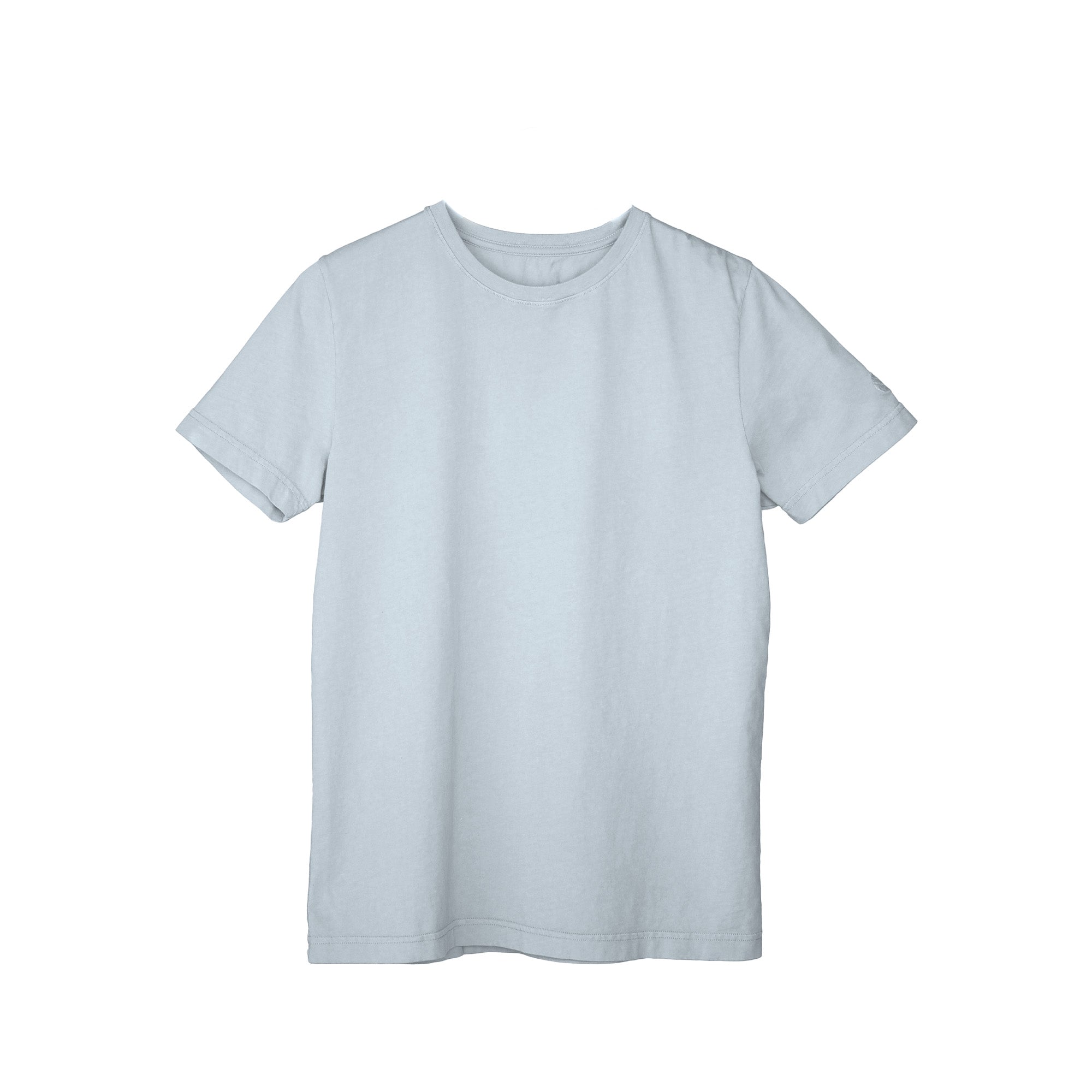

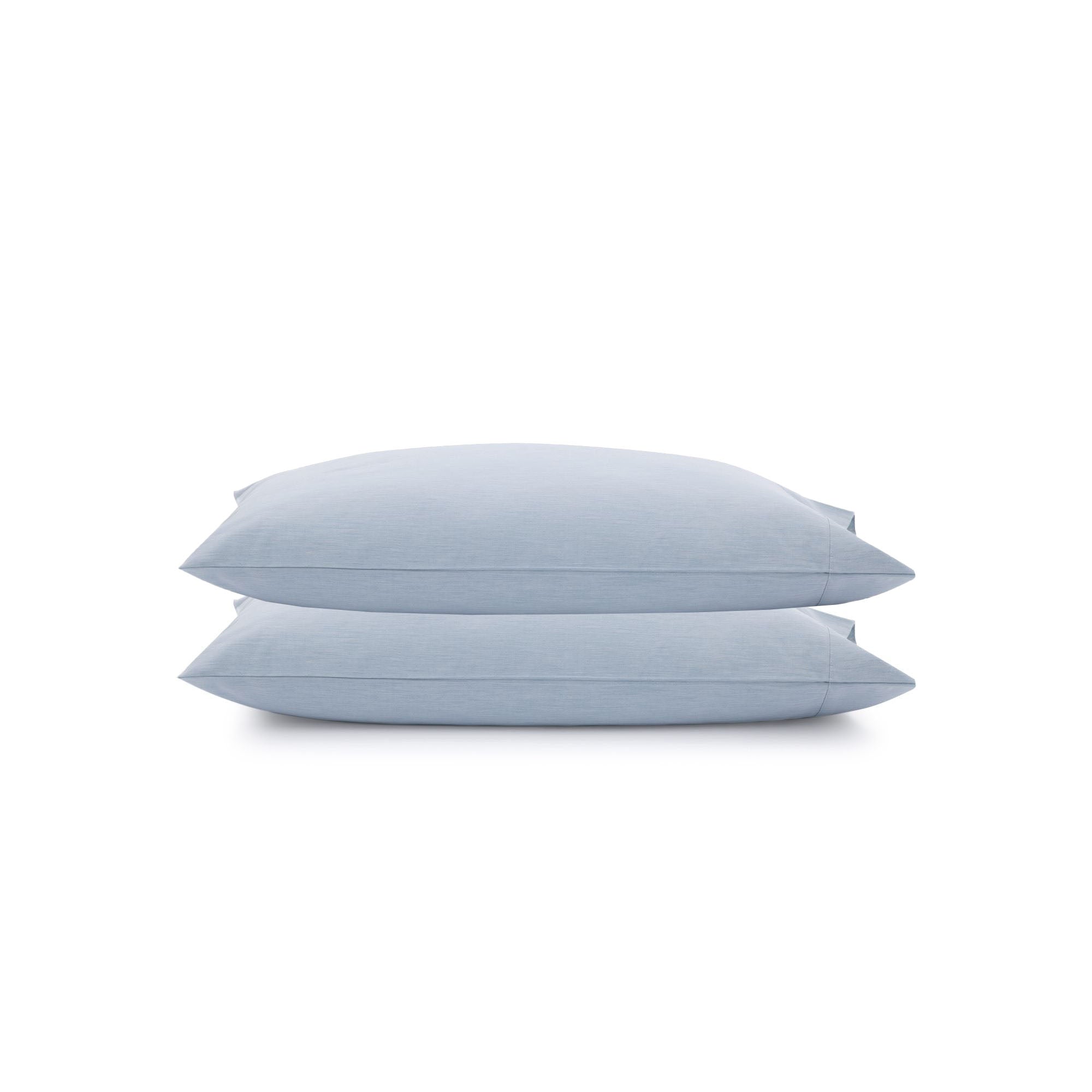
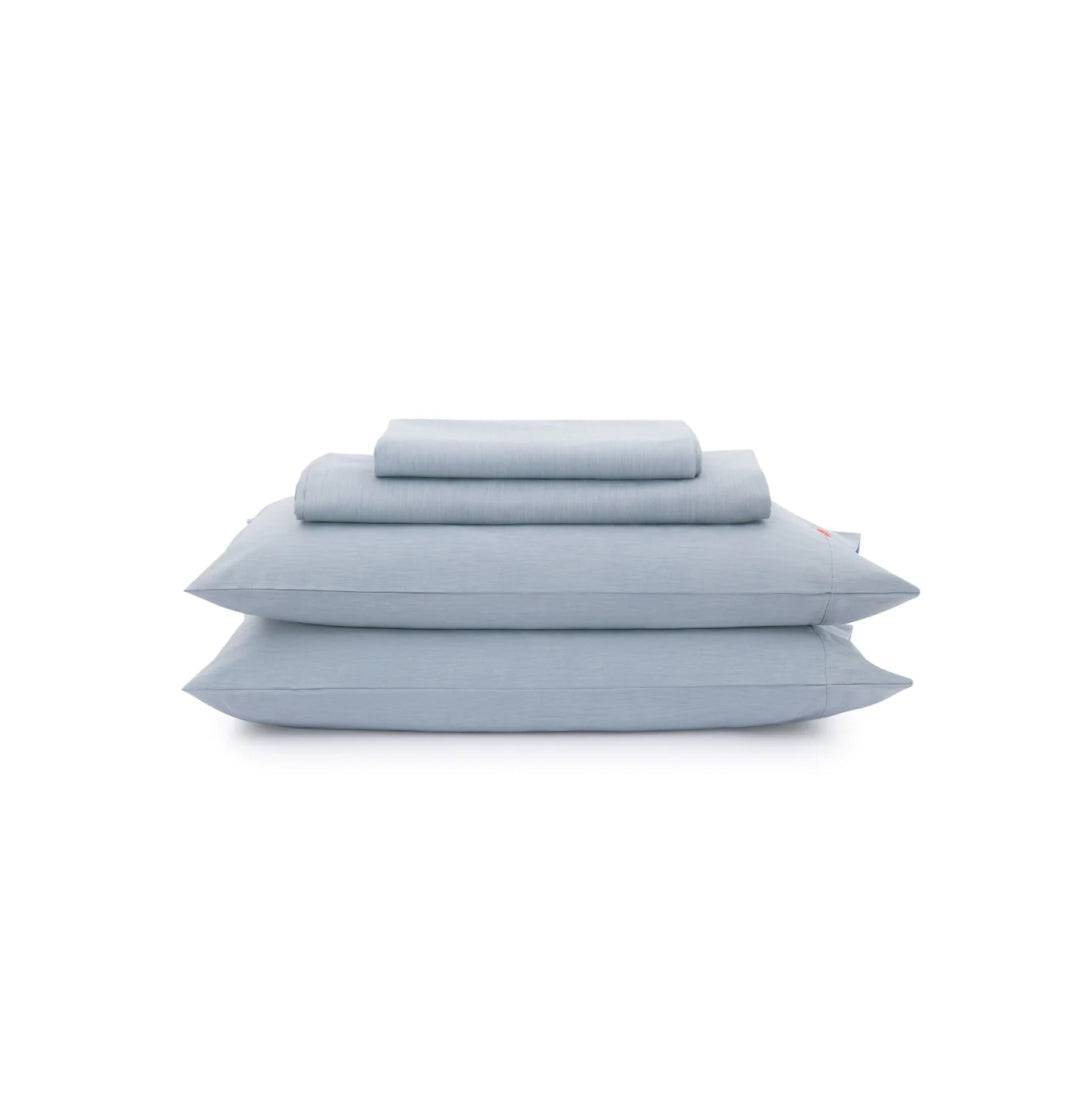
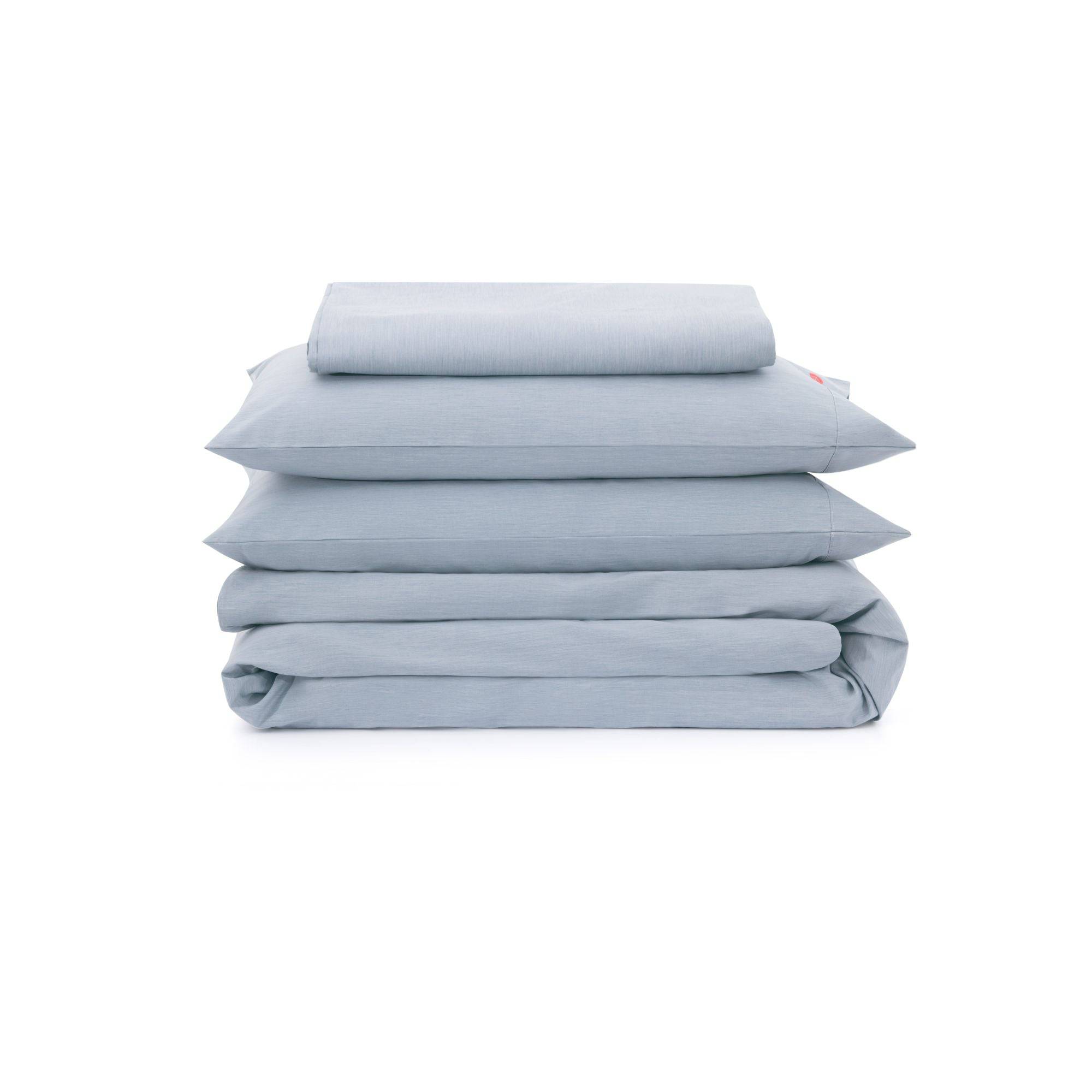
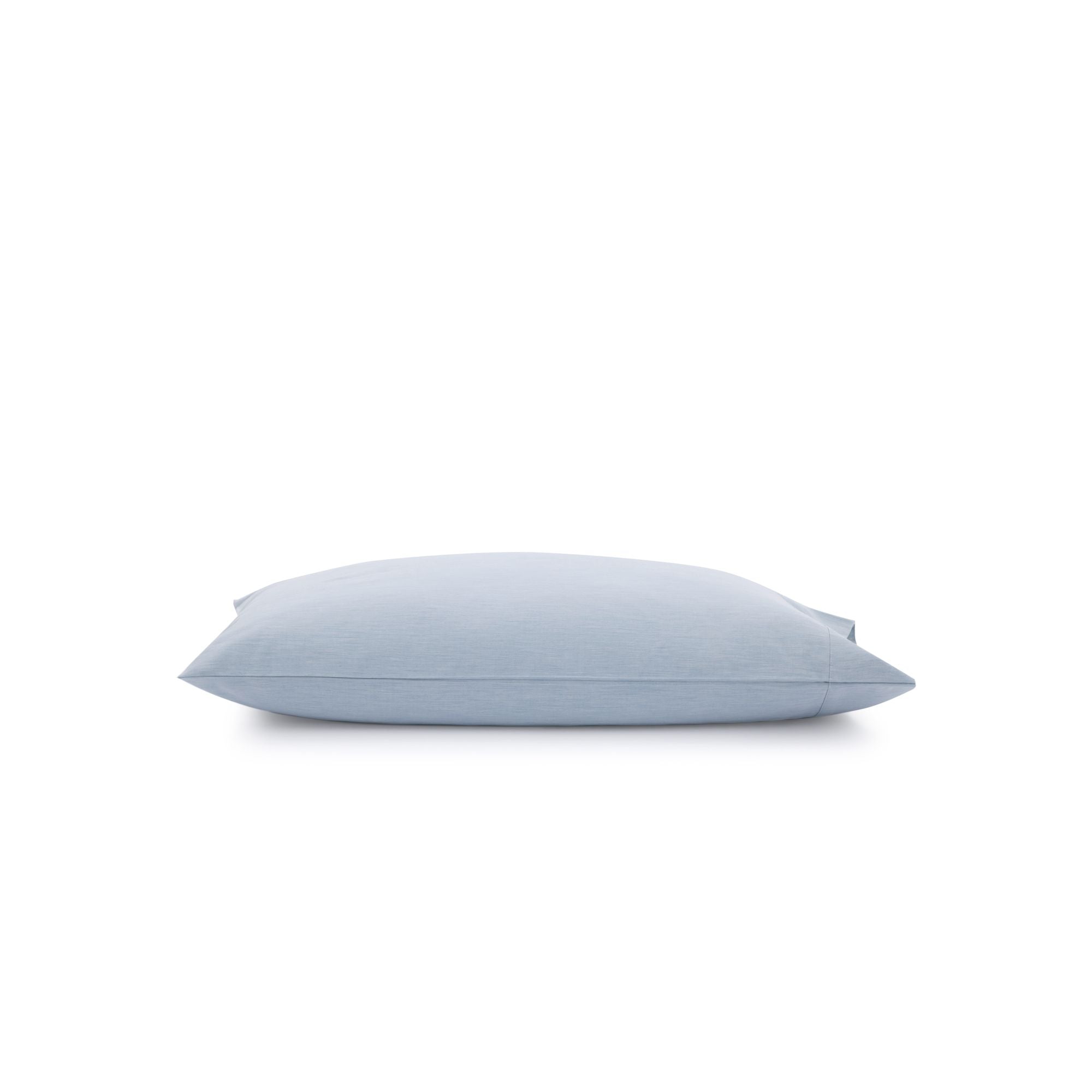
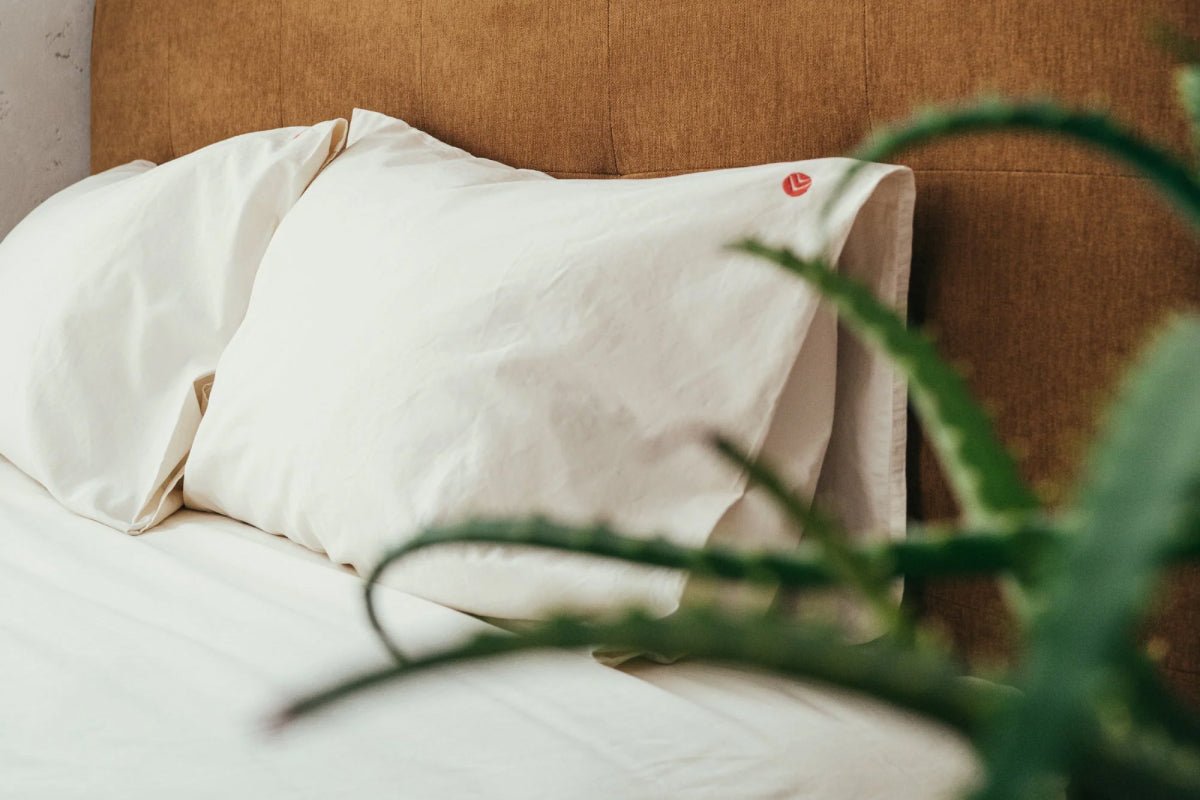 Bedding
Bedding
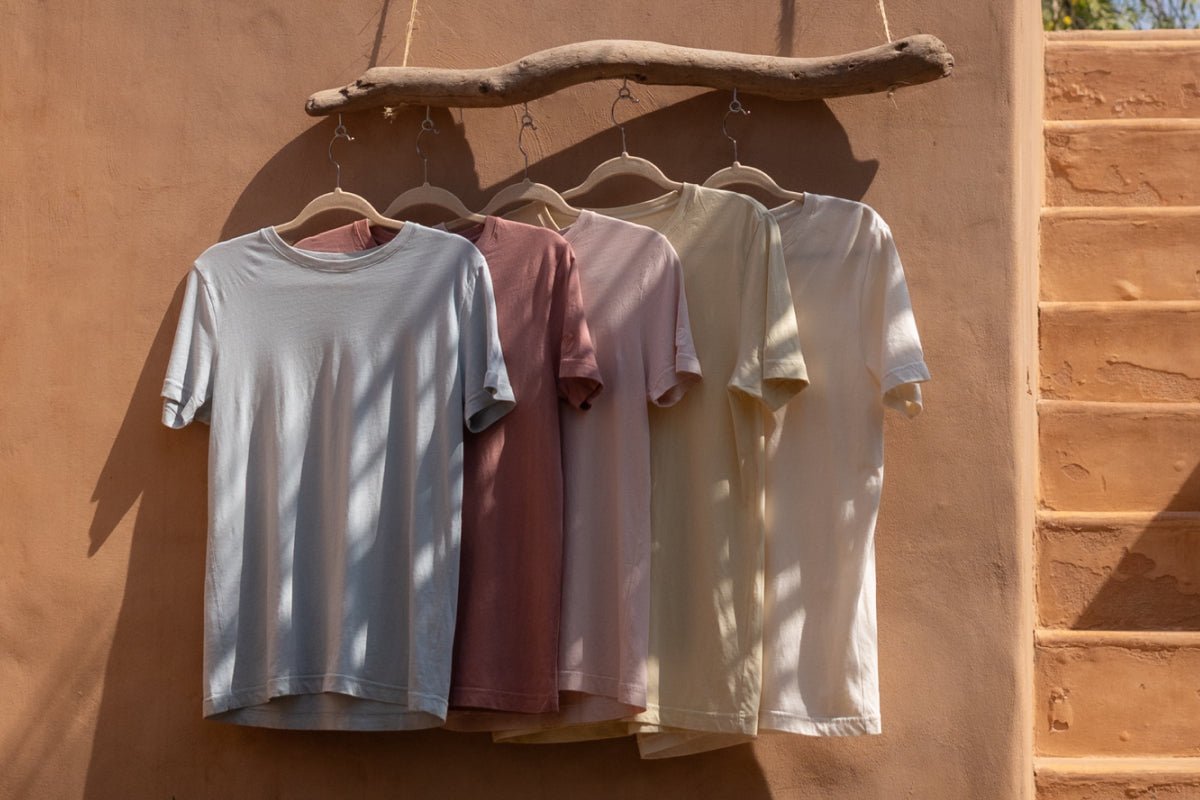 Clothing & Accessories
Clothing & Accessories
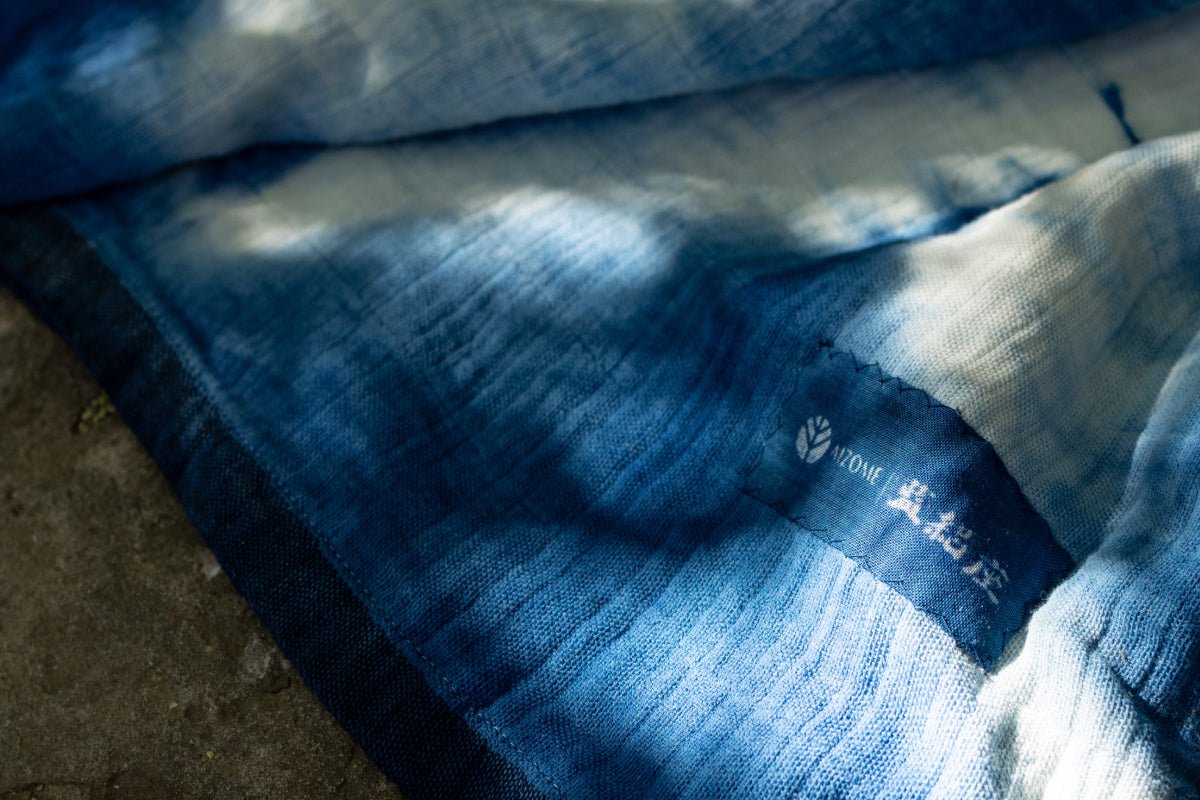 Artisan Line
Artisan Line



Leave a comment
All comments are moderated before being published.
This site is protected by hCaptcha and the hCaptcha Privacy Policy and Terms of Service apply.